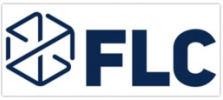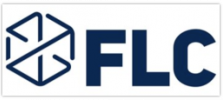Taxus® Express2™ has the potential to benefit many of the victims of cardiovascular disease, which causes 40% of all deaths in the US. After a heart attack, patients often undergo an invasive by-pass surgery or a less invasive angioplasty procedure to open up the clogged artery. In the latter procedure, a tiny meshlike device called a stent is inserted into the artery to keep it propped open. However, in many of the stent placement cases, the body reacts to this foreign object with scar tissue formation and the artery narrows again.


